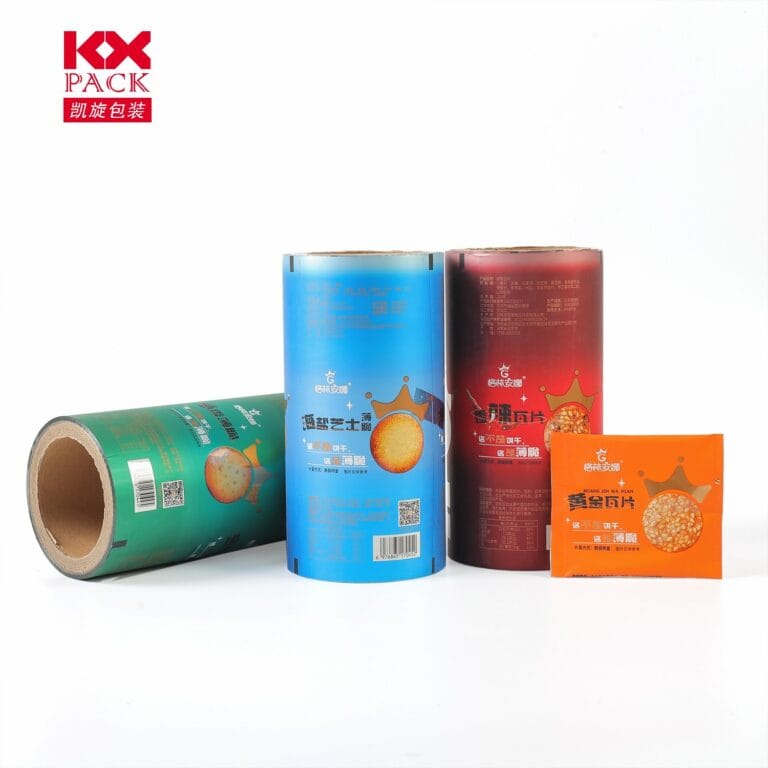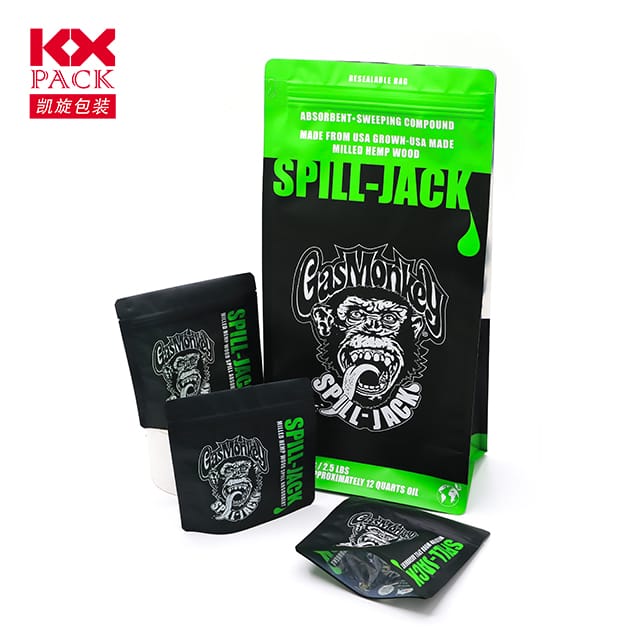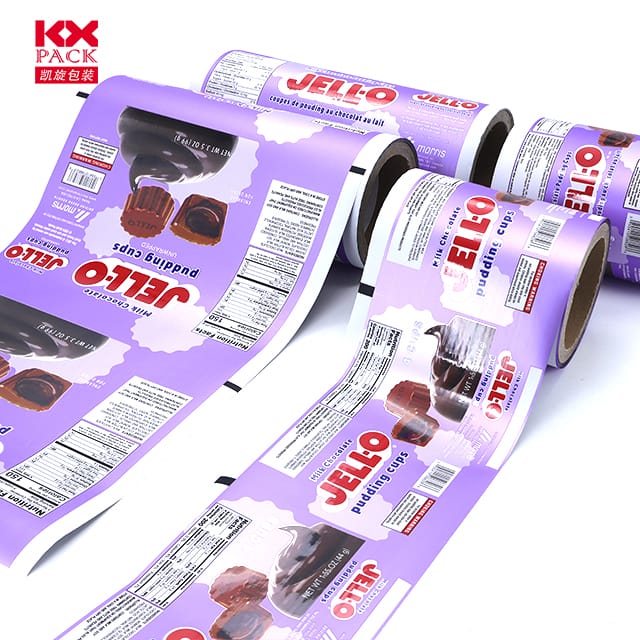Das zweischneidige Schwert von Plastikfilmen in Lebensmittelverpackungen: Komfort vs. Nachhaltigkeit
Plastikfilme
In supermarkets worldwide, Plastikfilme wickeln alles von frischen Produkten bis hin zu vorgekochten Mahlzeiten ein, Gewährleistung der Frische und der Verlängerung der Haltbarkeit. Noch, als Umweltbedenken montieren, diese transparent, vielseitige Materialien Gesichtsprüfung. Erforschen wir die Rolle von Plastikfilmen in Lebensmittelverpackungen, ihre Vorteile, Nachteile, und die Innovationen, die eine grünere Zukunft prägen.
1. Why Plastic Films Dominate Food Packaging
Plastic films—thin layers of polymers likePolyethylen (SPORT), Polypropylen (PP), and polyvinyl chloride (PVC)—are ubiquitous for good reason:
- Preservation Power: They act as barriers against oxygen, Feuchtigkeit, und Verunreinigungen, slowing spoilage. Zum Beispiel, modified atmosphere packaging (KARTE) uses plastic films to regulate gas levels, keeping strawberries fresh for weeks.
- Kosteneffizienz: Producing plastic films is cheaper than alternatives like glass or metal, making them ideal for mass-market goods.
- Lightweight and Flexible: Their malleability allows custom shapes for snacks, Fleisch, and cheeses, reducing material waste compared to rigid packaging.
- Transparency: Clear films let consumers inspect products without opening them, boosting trust and reducing food waste from damaged goods.
2. Die Umweltmaut: A Crisis in the Making
Despite their advantages, plastic films contribute significantly to global pollution:
- Single-Use Dominance: Over 80% of plastic films are used once and discarded, ending up in landfills or oceans. A 2022 study found that plastic packaging accounts for 46% des weltweiten Plastikmülls, with films being a major culprit.
- Herausforderungen beim Recycling: Most films are non-recyclable due to contamination (Z.B., food residue) or mixed materials (Z.B., PE combined with adhesives). Nur 4% of plastic films are recycled in the U.S., per the EPA.
- Microplastic Menace: Degraded films break into microplastics, infiltrating ecosystems and even human bodies. Research suggests the average person ingests 5 Gramm Mikroplastik pro Woche—equivalent to a credit card.
3. Innovations Redefining Plastic Films
The industry is pivoting toward sustainability through these breakthroughs:
- Biodegradable Alternatives:
- Polylactic acid (PLA): Derived from corn starch, PLA films decompose in industrial composters within 90 Tage. Marken mögen NatureWorks are using PLA for fresh salads and sandwiches.
- Cellulose-based Films: Made from plant fibers, these films are edible and home-compostable. Companies like TIPA offer compostable wraps for granola bars and coffee pods.
- Fortschrittliche Recyclingtechnologien:
- Chemisches Recycling: Processes like pyrolysis break down mixed plastics into raw materials for new films. Nestlé and Danone are investing in this tech to recycle flexible packaging.
- Enzymatic Breakdown: Startups like Carbios use enzymes to depolymerize PET films into reusable monomers, closing the loop.
- Smart Films for Extended Shelf Life:
- Aktive Verpackung: Films infused with oxygen scavengers oder antimikrobielle Wirkstoffe (Z.B., silver nanoparticles) can double the lifespan of perishables like meat and cheese.
- Edible Coatings: Thin layers of chitosan (from shellfish) oder beeswax create breathable barriers, reducing reliance on synthetic plastics.
4. Der Weg voraus: Balancing Practicality and Planet
While innovations are promising, systemic changes are needed:
- Policy Push: Governments must enforce extended producer responsibility (EPR) laws, requiring brands to fund recycling infrastructure. The EU’s Richtlinie über Einwegkunststoffe bans non-compostable films by 2030.
- Consumer Behavior Shifts: Educating shoppers to opt for reusable containers or bulk purchases can cut film use. Zero-waste stores, which allow customers to fill their own jars, are gaining traction.
- Industry Collaboration: Initiatives like the New Plastics Economy Global Commitment unite 500+ companies to eliminate problematic plastics and boost recycled content in films.
Abschluss: Rethinking the “Wrap” on Food Packaging
Plastic films are a testament to human ingenuity—protecting food, Abfall reduzieren, and enabling global food trade. Noch, their environmental cost demands urgent action. By embracing biodegradable materials, investing in recycling tech, and redesigning systems for circularity, we can preserve both convenience and the planet.
Next time you unwrap a snack, frag dich: Could this film be part of the solution, not the problem? Share your sustainable packaging hacks in the comments! 🌍🍴






